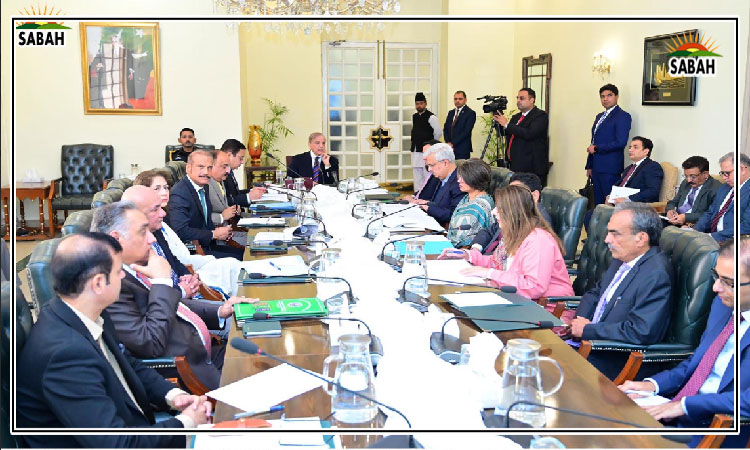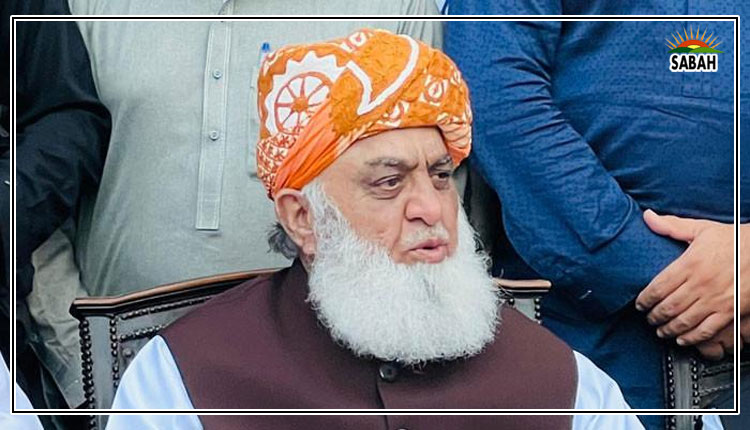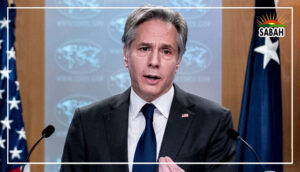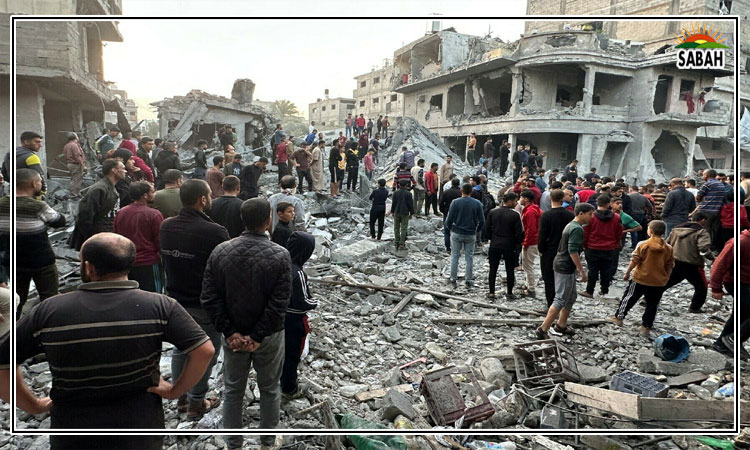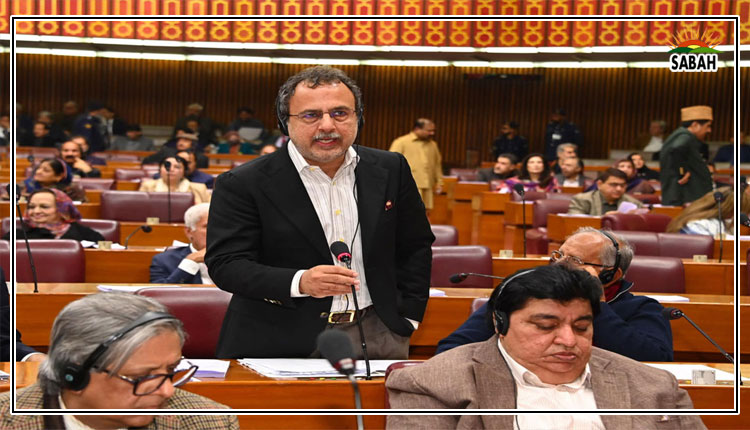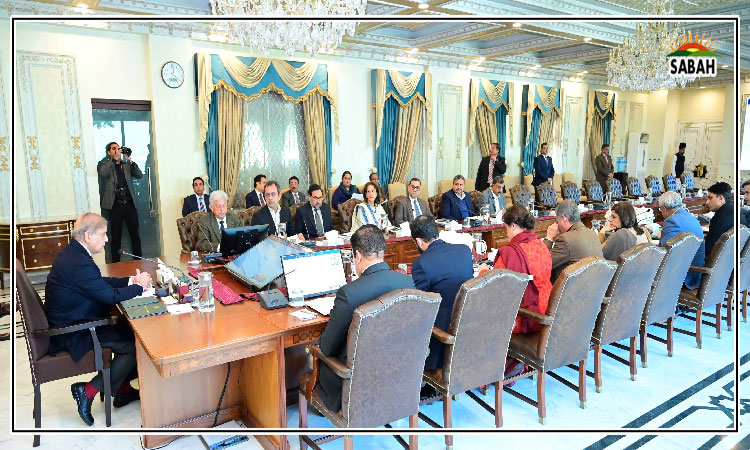Navigating economic corridors…Dr Murad Ali
We are living in an era of corridorization, economic corridor being the new buzzword. The proponents of these corridors claim that they are vital for increasing regional connectivity and trade.
The latest addition to this bandwagon is the India-Middle East-Europe Economic Corridor (IMEC), announced during the 2023 G20 summit held in New Delhi. The official statement of the Memorandum of Understating (MoU) released by the US government says that India, Saudi Arabia, the United Arab Emirates (UAE), France, Germany, Italy, the European Union (EU) and the US have announced to build the India-Middle East-Europe Economic Corridor (IMEC).
It has been envisioned that the IMEC is expected to stimulate economic development through enhanced connectivity and economic integration between Asia, the Arabian Gulf, and Europe. The IMEC comprises two discrete corridors, the east corridor which connects India to the Arabian Gulf via sea and the northern corridor which links the Arabian Gulf to Europe. Like other corridors, the IMEC also includes a railway line via the Middle Eastern countries the UAE, Saudi Arabia, Jordan and Israel and a sealine linking Indian ports with the Port of Haifa in Israel to European ports. Upon successful fruition, it is expected to provide a reliable and cost-effective cross-border ship-to-rail transit network to supplement existing maritime and road transport routes.
US President Joe Biden has labelled the initiative a real big deal and a game-changing investment. Critics say this is a direct challenge to Chinese President Xis signature Belt and Road Initiative (BRI). PM Modi has stated that it will give a new direction to connectivity and sustainable development. In times to come, the corridor will become an effective medium for economic integration of India, the Middle East and Europe, a jubilant Indian premier said. He called it an historic agreement. The European commission president, Ursula von der Leyen, described it as much more than just a railway or a cableIt is a green and digital bridge across continents and civilisations.
There is unprecedented optimism in Indian media and policy circles. Unnecessarily and as per their habit to bring Pakistan into every discussion, the Hindustan Times came up with the heading: Meltdown in Pakistan over historic India-Middle East-EU corridor: Wake-up call.
It is a brave initiative indeed, but it is too early to celebrate or dismiss it. As compared with the BRI, several transnational infrastructure-building initiatives have been announced during the last decade or so, but none has dwarfed the Chinese project of the century thus far.
China is a global development actor and particularly in the realm of mega infrastructure, Beijing has done wonders. According to one research study, in 2017, seven of the ten largest construction firms, by revenue, were Chinese. Similarly, in infrastructure-building, Beijing is a global leader as it has completed numerous mega projects at home and abroad. Owing to this, among the 20 largest construction contractors, 14 are Chinese, while six are from the EU and there is none from the US.
A recent study illustrates that during the last 20 years, Beijing has financed over 13,000 projects worth $843 billion in 165 countries. According to the China Power Project of the Washington-based Center for Strategic and International Studies (CSIS), under the BRI banner, China has been working in 138 countries with a combined GDP of $29 trillion and some 4.6 billion people or about 61 per cent of the global population.
According to the American Enterprise Institutes China Global Investment Tracker, financing and implementing more than 4,000 large projects in diverse sectors, Chinas overseas investment and construction since 2005 has reached $2.27 trillion. Similarly, since the launch of the BRI, China has invested or lent over $1 trillion to more than 100 countries who are signatory to the initiative. By any metrics, China has global footprints when it comes to financing and executing infrastructure projects.
In contrast, the response of other bilateral or multilateral actors has remained lacklustre. To counter the rising role of China, the US and its allies in the Group of Seven (G7) came up with their own initiatives. China has its Belt and Road Initiative, and we think that theres a much more equitable way to provide for the needs of countries around the world, US President Biden stated after the end of the 47th G7 summit held in Cornwall in the UK in 2021, where he came up with the Build Back Better World (B3W) plan.
However, the B3W was renamed or relabelled a year later. During the 48th Summit of G7 held in Germany in 2022, the members came up with a new initiative Partnership for Global Infrastructure Investment (PGII). The G7 members pledged to mobilize $600 billion during the coming half a decade until 2027 to narrow the global investment gap. It was stated that together with G7 partners, we aim to mobilize $600 billion by 2027 in global infrastructure investments. And this will only be the beginning. The United States and its G7 partners will seek to mobilize additional capital from other like-minded partners, multilateral development banks, development finance institutions, sovereign wealth funds, and more.
According to critics, the initiative has not achieved some tangible outcomes. One Chinese commentator called it empty rhetoric and criticized the initiative by stating that the PGII does not include the most common infrastructure projects such as roads, bridges, railways and power plants despite the fact that they are the most needed facilities in the developing world.
When the US announced the B3W to counter the expanding influence of China, one study claimed that the unavailability of funding prevented it from mounting a real challenge to China because after one year of its announcement, only $36 million was announced.
Similarly, the EU-led Global Gateway project, announced in 2021, aimed at focusing on physical infrastructure such as fibre optic cables, clean transport corridors and clean power transmission lines. The initiative announced that with strong commitment from EU member-states, the Global Gateway would aim at mobilizing investments of up to 300 billion euros between 2021 and 2027. The EU pledged that key principles would be adhered to including democratic values and high standards, good governance and transparency, equal partnership, green and clean, resilient infrastructure, and catalyzing private-sector investment.
Japans Partnership for Quality Infrastructure Investment is another initiative between the World Bank and the government of Japan to support the development of infrastructure that is resilient, inclusive, sustainable, and supports economic growth.
All these economic initiatives must be welcomed as they aim to increase regional trade and connectivity and bring people, services and goods together. They must not be viewed from a zero-sum perspective as economic corridors should not be used for geopolitical competition by major powers. Hence, how the latest corridor in the form of the IMEC will fare depends on multiple factors. Raising financing is just one element, bringing participating countries to agree to a clear roadmap linking the UAE and Saudi Arabia with Israel via Jordan is also contingent on the political situation of the volatile Middle East.
Courtesy The News



